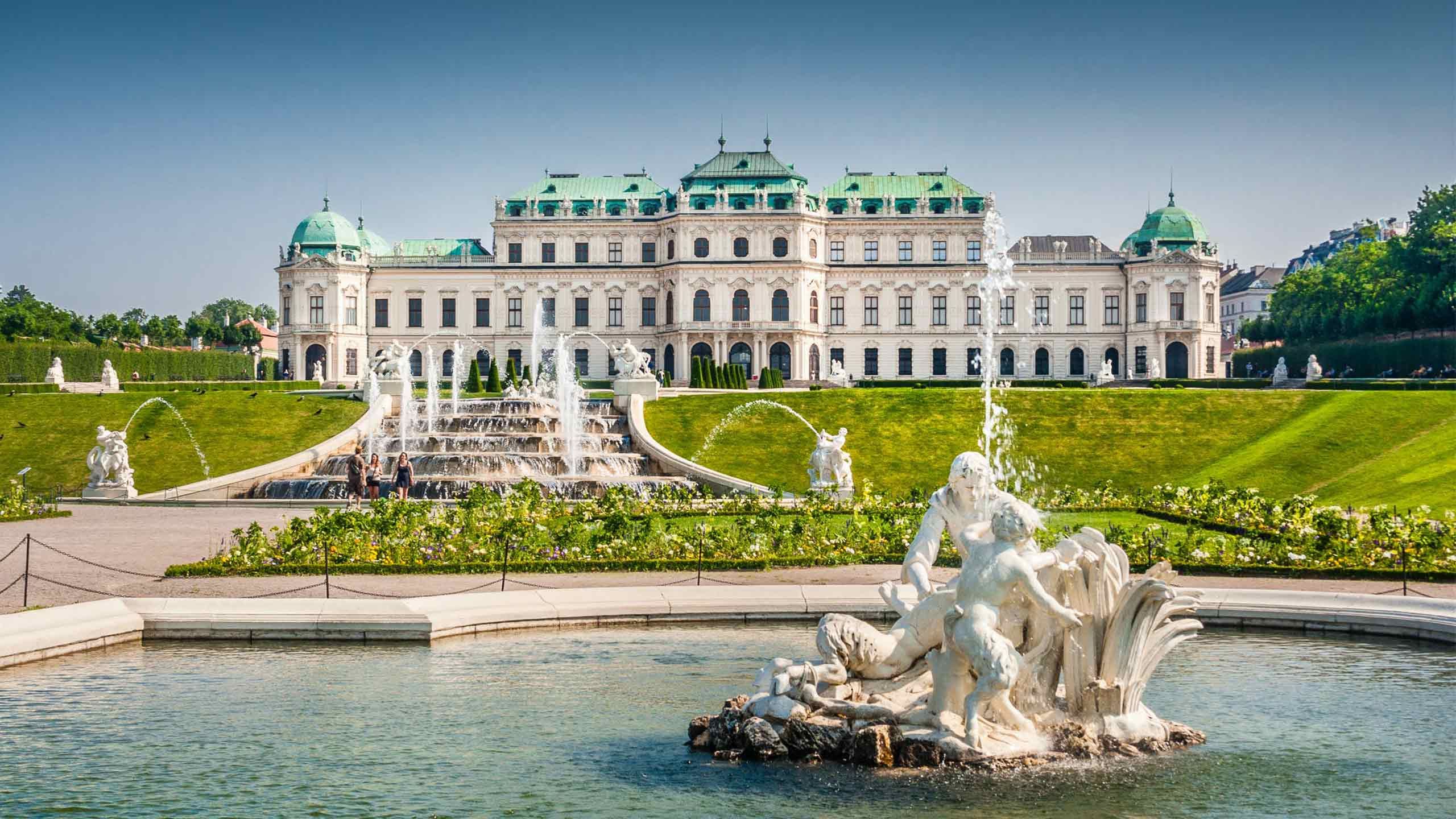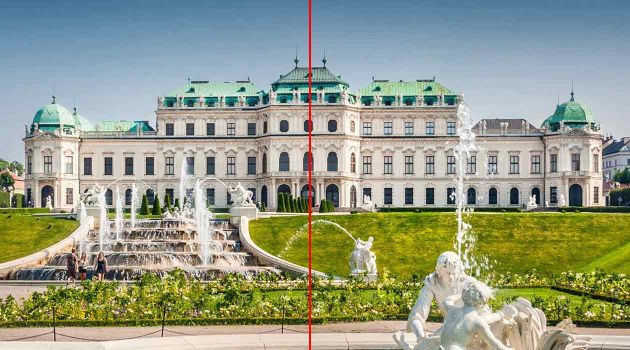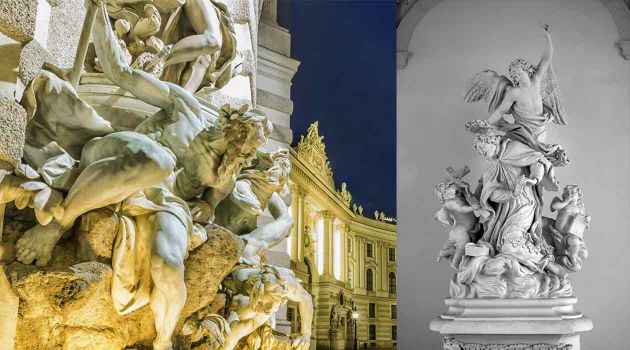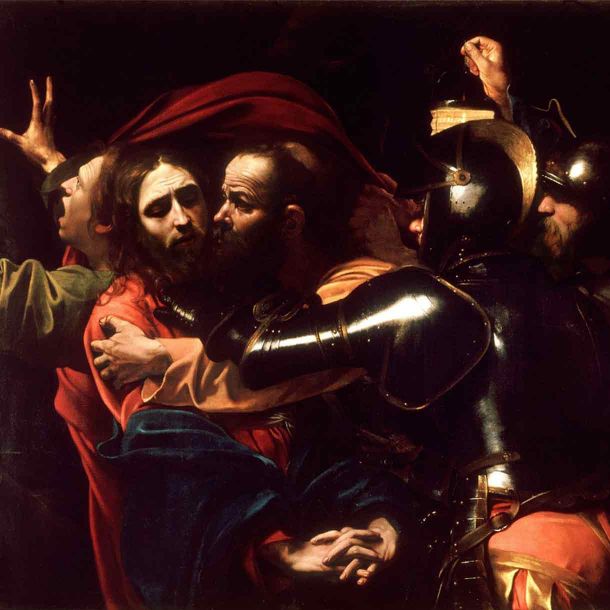

Sensuous richness
During the baroque period there was no hiding the difference between the classes. The rich, where superrich, and didn´t hide It. Statues all over the property, big grandeur mansions, and It gets even more grandeur when you watch the interior.

Symmetry
One of the qualities associated with Baroque style is symmetry, you could cut a building in half, and the left side is identical to the right side.

Exuberant detail
One of the other qualities of Baroque style was an incredible eye for detail. Something as simple as a sculpture wouldn´t just be a simple sculpture. Loads of details added to the art, showing of the grandeur of it all.

A deep-dive into baroque style
During this assignment we learned about the history of styles. Beginning with the Antique style, and forwarding through time looking at Roman, Gothic, Renaissance, Baroque and ending with Rococo style. Now each student was allowed to pick a style, and make a presentation about that style. I picked Baroque, and ended up in a group with Line and Camilla.
Baroque Art & Architecture , the visual arts, building design and construction, are what we designate as the art of the 17th century. The earliest manifestations, which occurred in Italy, date from the latter decades of the 16th century, while in some regions, notably Germany and colonial South America, certain culminating achievements of Baroque did not occur until the 18th century. The work that distinguishes the Baroque period is stylistically complex, even contradictory. In general, however, the desire to evoke emotional states by appealing to the senses, often in dramatic ways, underlies its manifestations. Some of the qualities most frequently associated with the Baroque are grandeur, sensuous richness, drama, vitality, movement, tension, emotional exuberance, and a tendency to blur distinctions between the various arts.

Topics of the presentation
-
1.
Architecture
-
2.
Design
-
3.
Fashion
-
4.
Art

Architecture
Baroque architecture is a style that emerged in Italy in the late-16th century.
It was a more theatrical version of Renaissance architecture, with dramatic lighting and color, illusory effects such as trompe l´oeil and designs that played games with architectural features, sometimes leaving them incomplete.
Its buildings typically include central towers, domes, portico or other central projections in the main façade. As Baroque architecture coincided with European colonialism, it can be seen throughout much of the world; and in some regions, notably Germany and colonial South America, it lasted until the 18th century.
We focused our presentation on the beautiful city of Vienna, as It´s the perfect modern day example of Baroque style. There are still so many buildings left where one can see the grandeur of the Baroque style. Schönbrunn palace, St Charles Church and there are many more examples.

Design
A defining characteristic of the Baroque style was the way in which the visual arts of painting, sculpture and architecture were brought together, into a complete whole, to convey a single message or meaning.
Baroque art and design addressed the viewer’s senses directly, appealing to the emotions as well as the intellect. It reflected the hierarchical and patriarchal society of the time, developing through and being used by those in power – the church, absolute rulers and the aristocracy – to persuade as well as impress, to be both rich and meaningful. Compared to the control and carefully balanced proportions associated with the Renaissance, Baroque is known for its movement and drama.

Fashion
The fashion trends were mostly defined and followed by the monarchs and noble courts, who were the social class able to afford expensive attire. Clothing was often big and ostentatious and designed for differentiating the nobles from the lower classes.
During the Baroque period, silk was the preferred fabric, and sometimes velvet was used as well. Linen was common for the inner layers of clothes.
Long dresses with a close-fitting bodice, known as gowns, were the most common attire for women. The silhouettes gradually softened as hard corsets from the Renaissance were replaced by flexible stays. The neckline was low, and lace collars were used for decoration. Virago sleeves, which were made of large strips of different fabrics gathered at the elbow, were popular. Elaborate patterns and dark colors were fashionable, and it was common to wear a black cape on top. The hairstyle consisted of curls on both sides of the head. Shoes were usually covered by the dress, so they were very simple.

Art
An important feature of Baroque art is its use of human figures. Represented as allegorical, sacred or mythological, these figures helped turn the work into a drama to convey particular messages and to engage the emotions of the viewer. They have a sense of realistic immediacy, as if they had been stopped in mid-action. Facial expression, pose, gesture and drapery were all used to add dramatic details.
What I learned
It´s always interesting to see how design has influenced history, and still continues to do so. But having an understanding of history, is having an understanding of the now. So I learned that it´s incredibly important to be versatile in your knowledge.